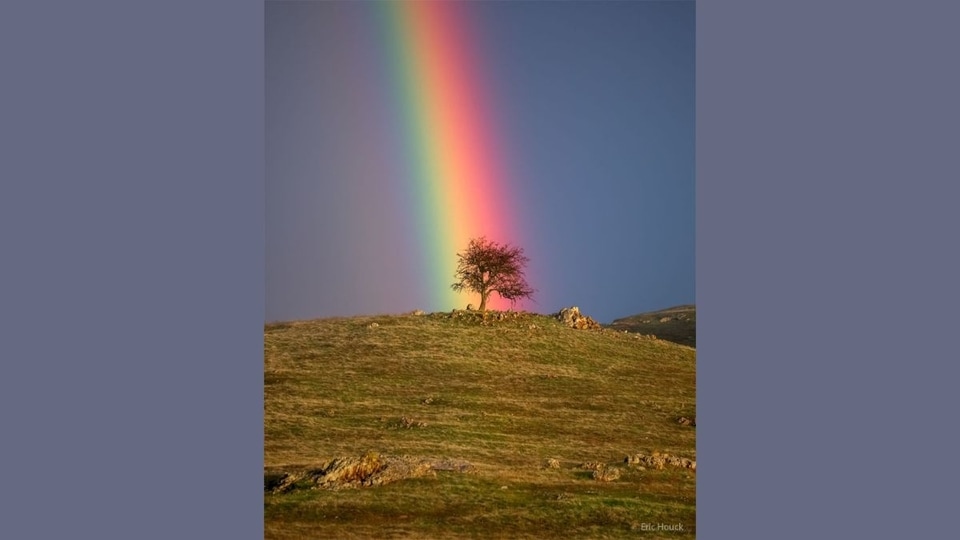Best NASA Astronomy Pictures of the Week: Soul Nebula, Omega Centauri and more
Astronomy Picture of the Day is published by NASA every day, showcasing stunning photographs taken by astrophotographers from all over the world. This week's pictures include the Soul Nebula, Stars in Omega Centauri and more.
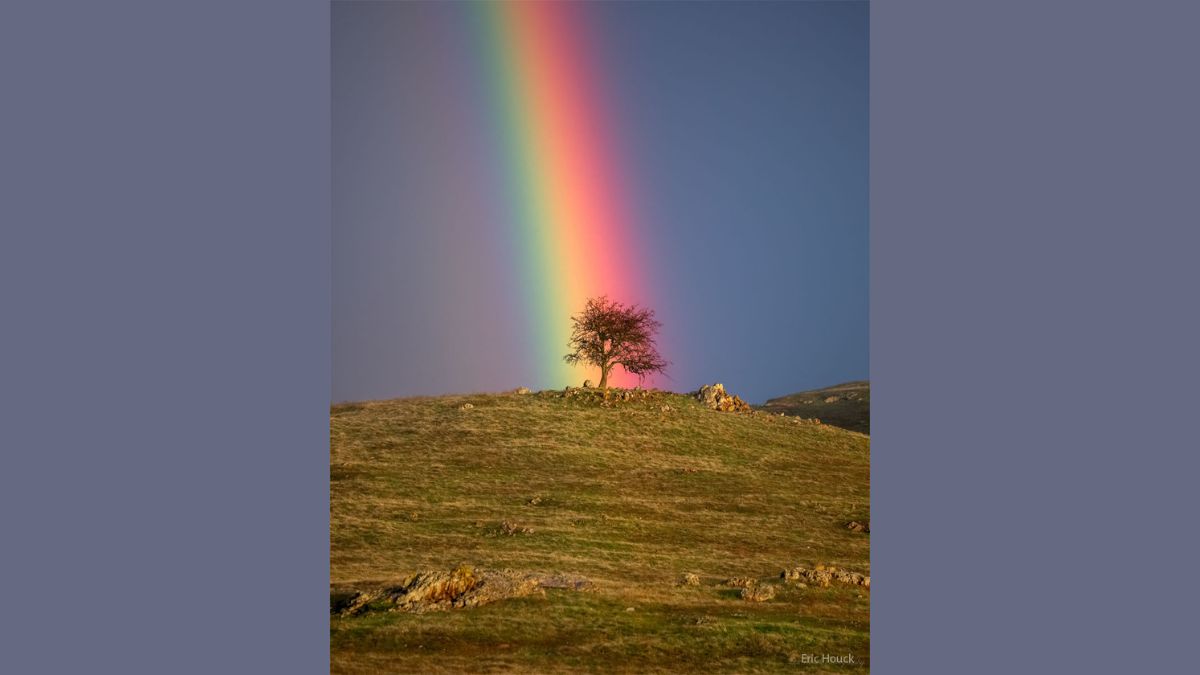
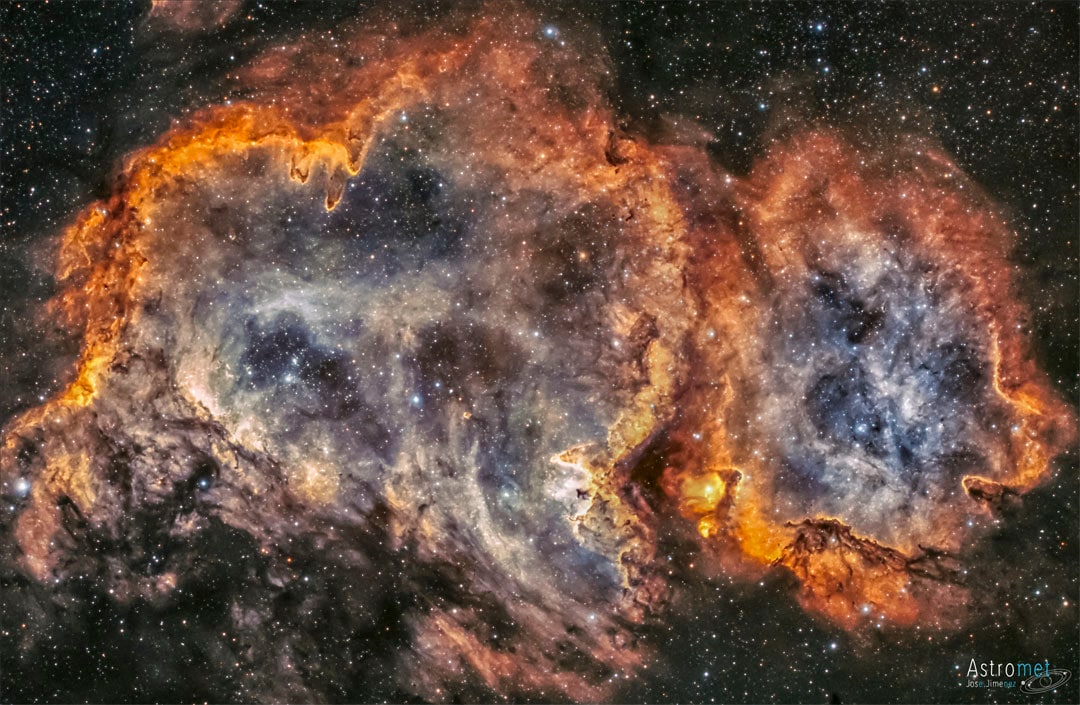
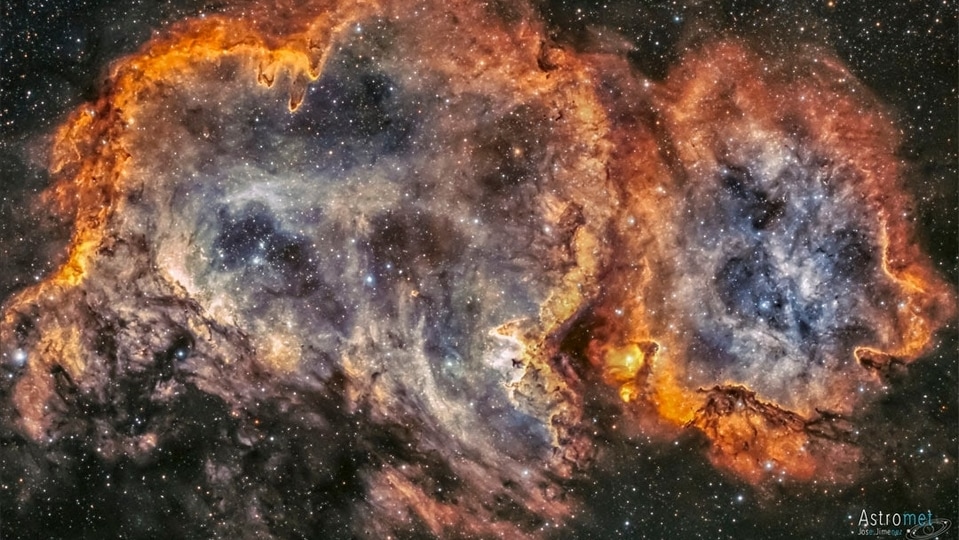


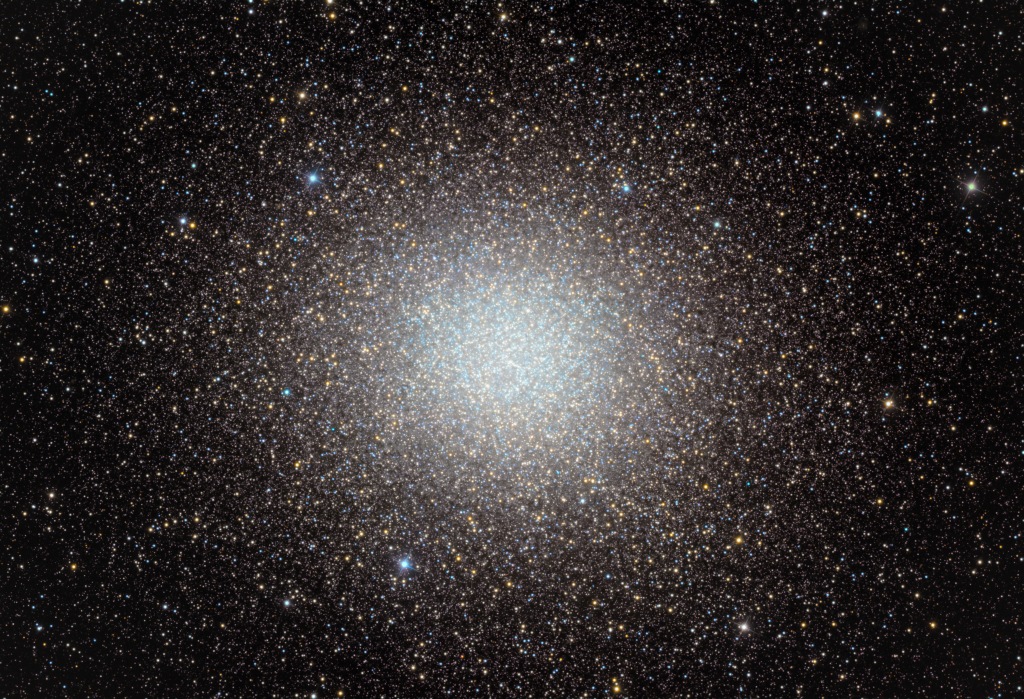

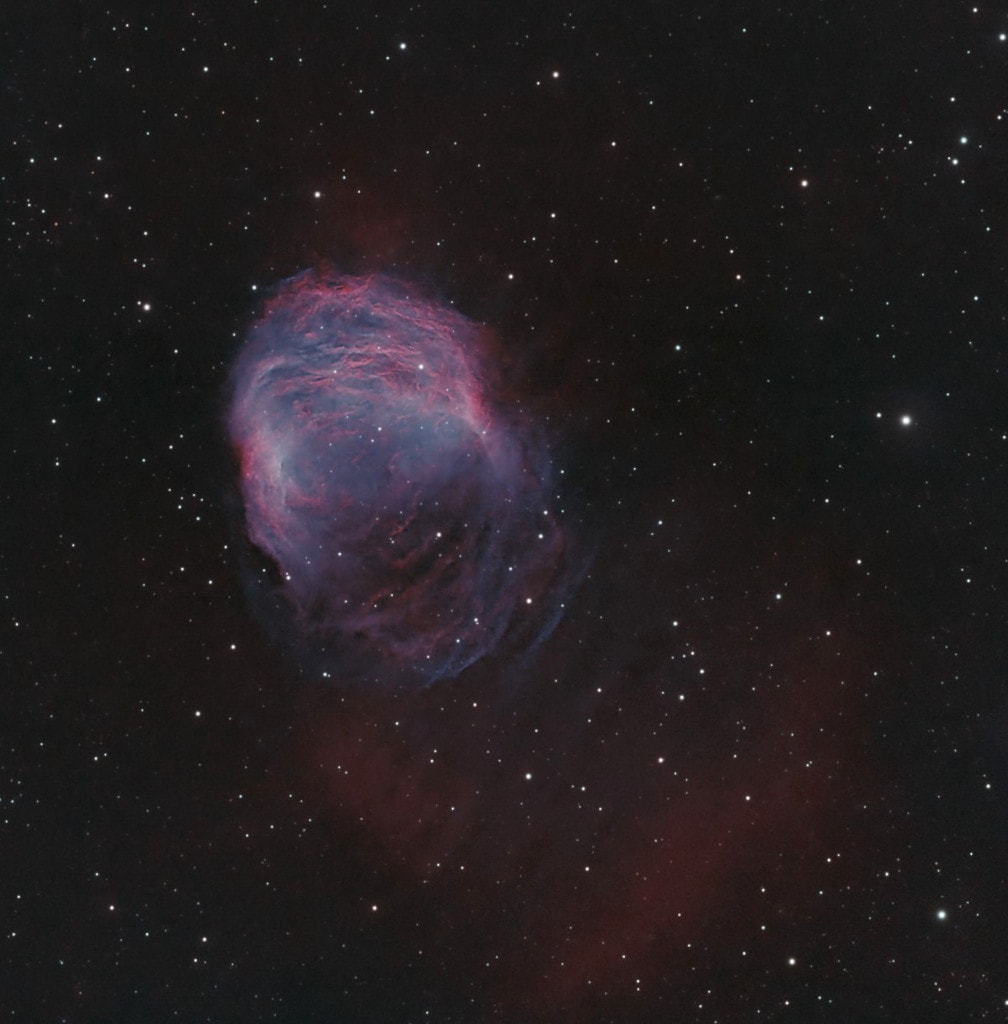
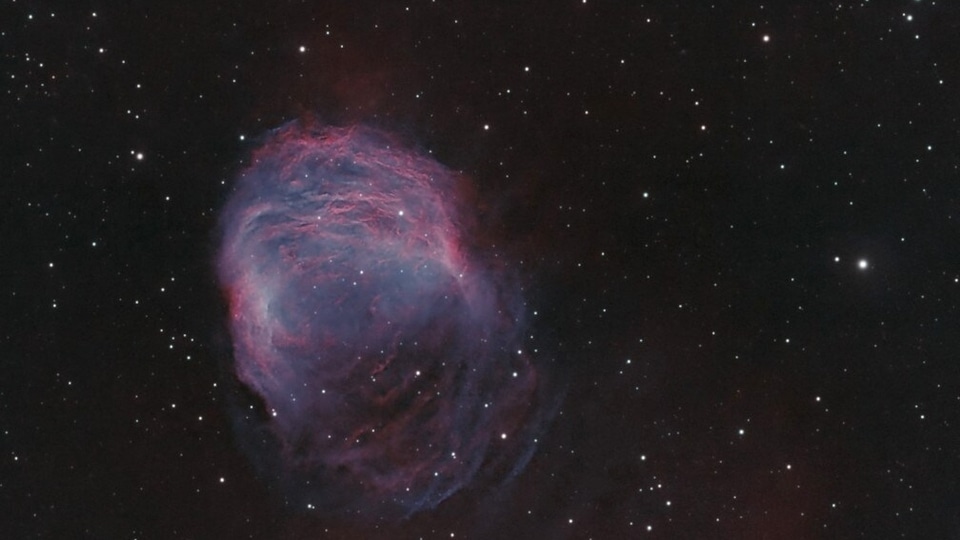
First Published Date: 17 Mar, 13:49 IST
NEXT ARTICLE BEGINS




